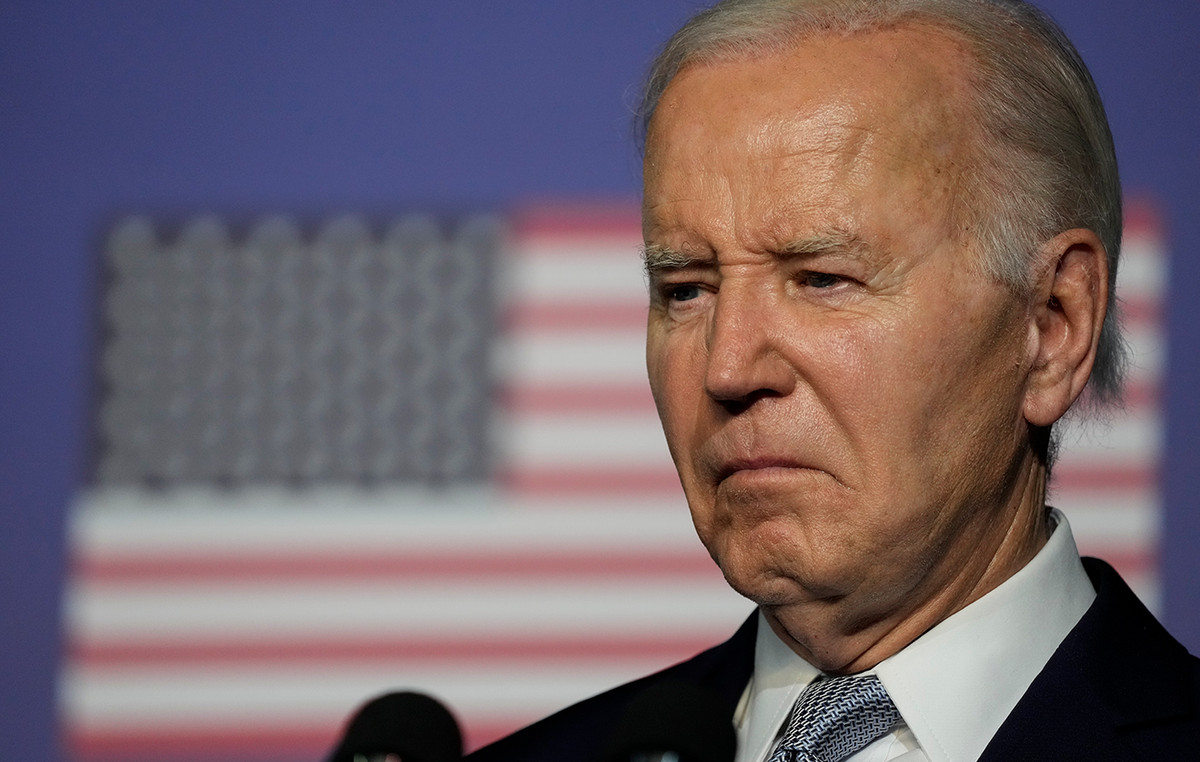- The DXY is moving away from the annual low set on Wednesday, although it lacks bullish conviction.
- A modest rebound in US Treasury yields is offering some support to the Dollar.
- The increased likelihood of a larger rate cut by the Fed in September should limit any significant hike.
The US Dollar (USD) is rising during the Asian session on Thursday and for now, it appears to have snapped a four-day losing streak to a fresh yearly low touched the previous day. The rally, however, lacks bullish conviction, with the Dollar Index (DXY), which tracks the greenback against a basket of currencies, trading with gains of less than 0.10% on the day, around the 101.25 region.
A modest rebound in US Treasury bond yields is seen as a key factor lending some support to the Dollar, although any further appreciating move seems elusive amid dovish Federal Reserve (Fed) expectations. The preliminary annual revision of employment data released by the US Bureau of Labor Statistics showed that US employers added 818,000 fewer jobs than reported during the year to March. This suggests that the US labor market is not as strong as previously estimated and supports prospects for more aggressive policy easing by the Fed.
Moreover, the minutes of the July 30-31 FOMC meeting revealed that a large majority of officials supported the idea of a rate cut in September, while some policymakers were leaning towards immediate action. Investors reacted quickly and are now pricing in a 38% probability of a 50 basis points (bps) rate cut in September, up from 29% the day before. Moreover, markets expect the Fed to announce around 100 bps of easing by the end of this year, which, in turn, should cap US bond yields and restrain USD bulls from placing aggressive bets.
Looking ahead, traders now look to Thursday’s US economic docket, which includes the release of weekly initial jobless claims and existing home sales data, for some impetus later during the early North American session. However, attention will remain focused on Fed Chair Jerome Powell’s speech at the Jackson Hole Symposium on Friday. Investors will closely examine Powell’s comments to see if the significantly weaker labor market report warrants a larger rate cut in September, which will, in turn, influence the near-term USD price dynamics.
US Dollar PRICE Today
The table below shows the percentage change of the US Dollar (USD) against major currencies today. The US Dollar was the strongest currency against the Australian Dollar.
| USD | EUR | GBP | JPY | CAD | AUD | NZD | CHF | |
|---|---|---|---|---|---|---|---|---|
| USD | 0.05% | 0.03% | 0.13% | -0.07% | 0.17% | 0.15% | 0.03% | |
| EUR | -0.05% | -0.03% | 0.05% | -0.14% | 0.11% | 0.07% | -0.02% | |
| GBP | -0.03% | 0.03% | 0.08% | -0.11% | 0.13% | 0.09% | -0.01% | |
| JPY | -0.13% | -0.05% | -0.08% | -0.28% | 0.04% | -0.01% | -0.11% | |
| CAD | 0.07% | 0.14% | 0.11% | 0.28% | 0.25% | 0.20% | 0.10% | |
| AUD | -0.17% | -0.11% | -0.13% | -0.04% | -0.25% | -0.03% | -0.15% | |
| NZD | -0.15% | -0.07% | -0.09% | 0.01% | -0.20% | 0.03% | -0.11% | |
| CHF | -0.03% | 0.02% | 0.00% | 0.11% | -0.10% | 0.15% | 0.11% |
The heatmap shows percentage changes of major currencies. The base currency is selected from the left column, while the quote currency is selected from the top row. For example, if you choose the US Dollar from the left column and move along the horizontal line to the Japanese Yen, the percentage change shown in the chart will represent the USD (base)/JPY (quote).
Source: Fx Street
I am Joshua Winder, a senior-level journalist and editor at World Stock Market. I specialize in covering news related to the stock market and economic trends. With more than 8 years of experience in this field, I have become an expert in financial reporting.







